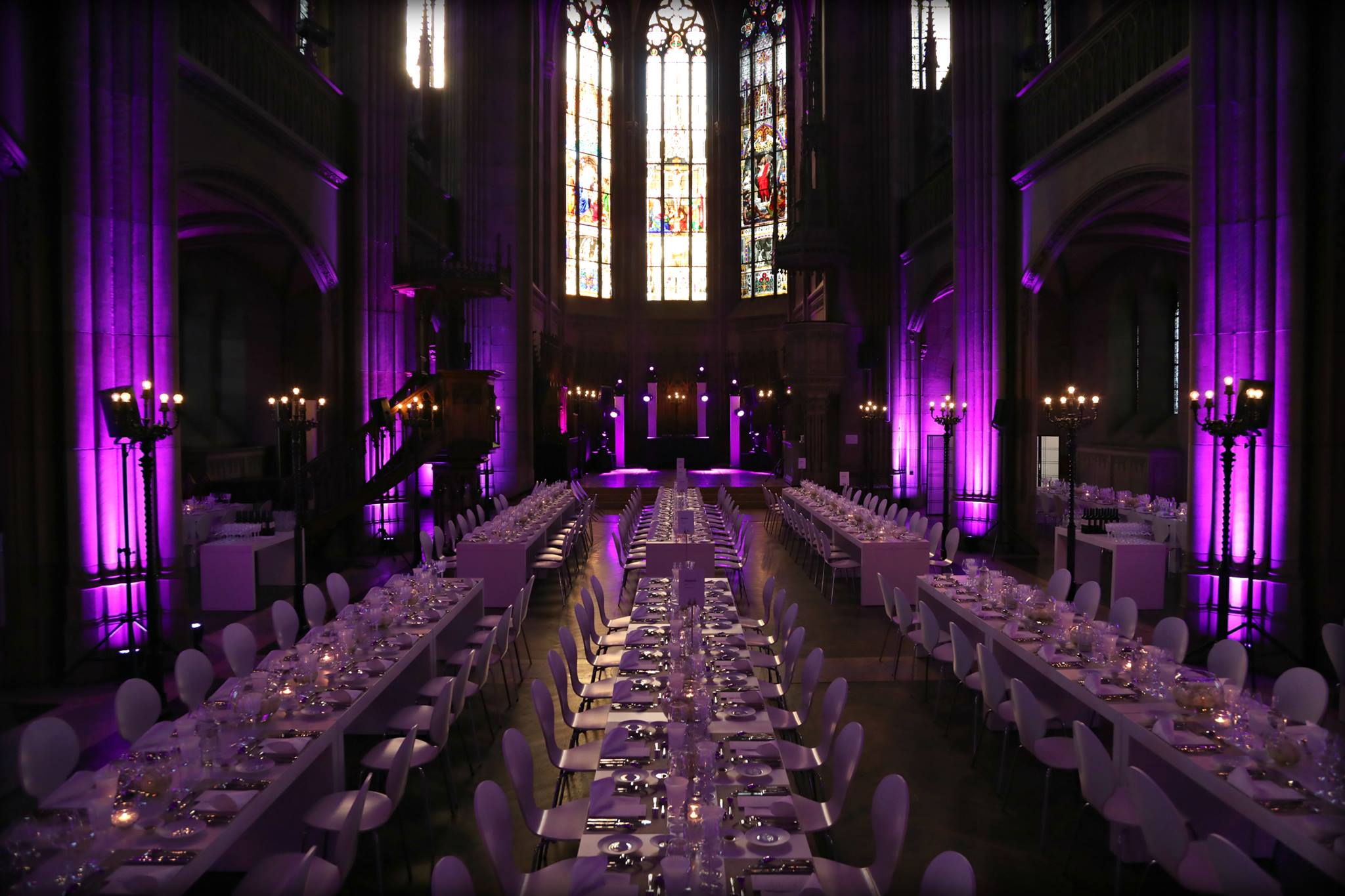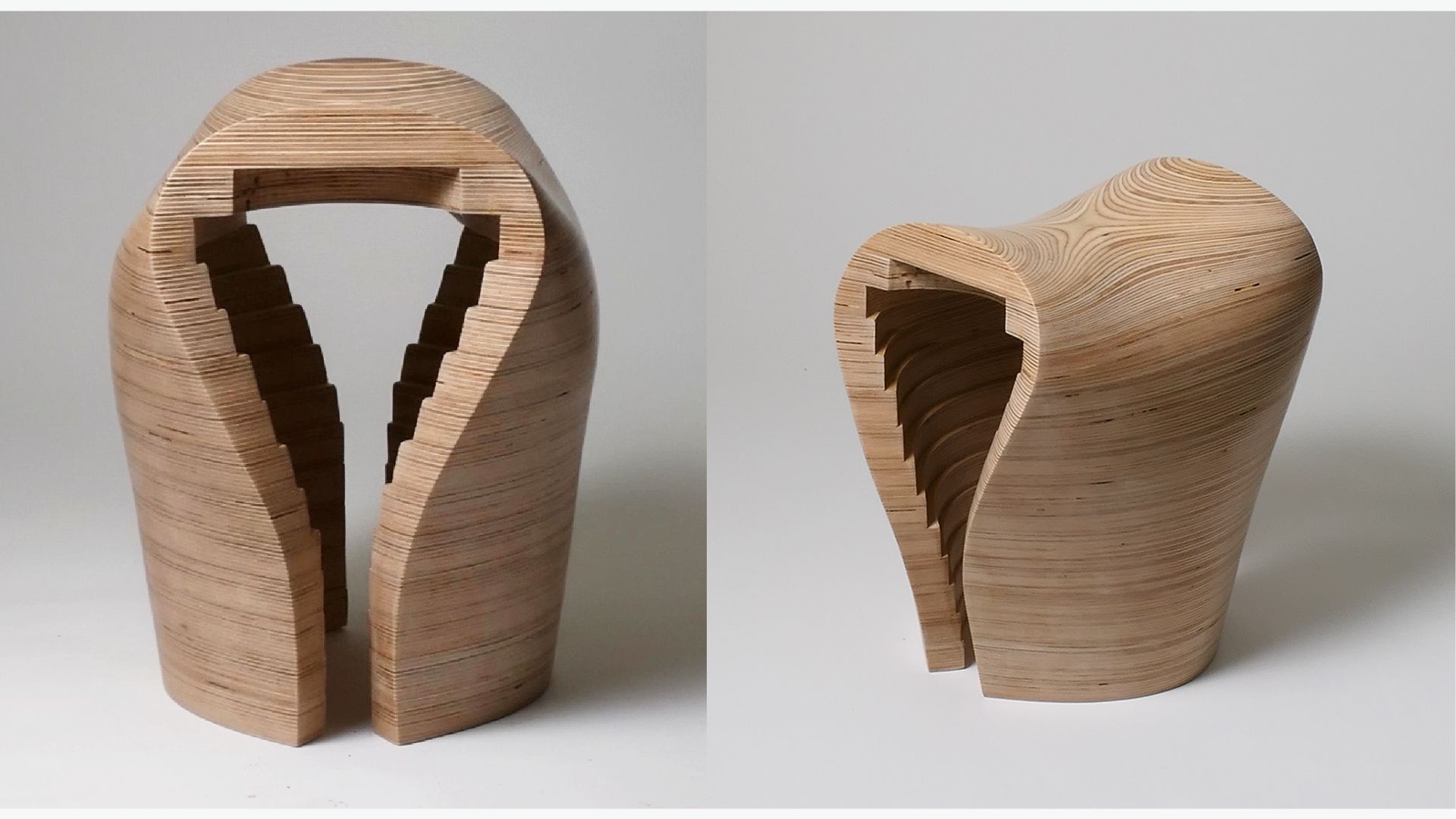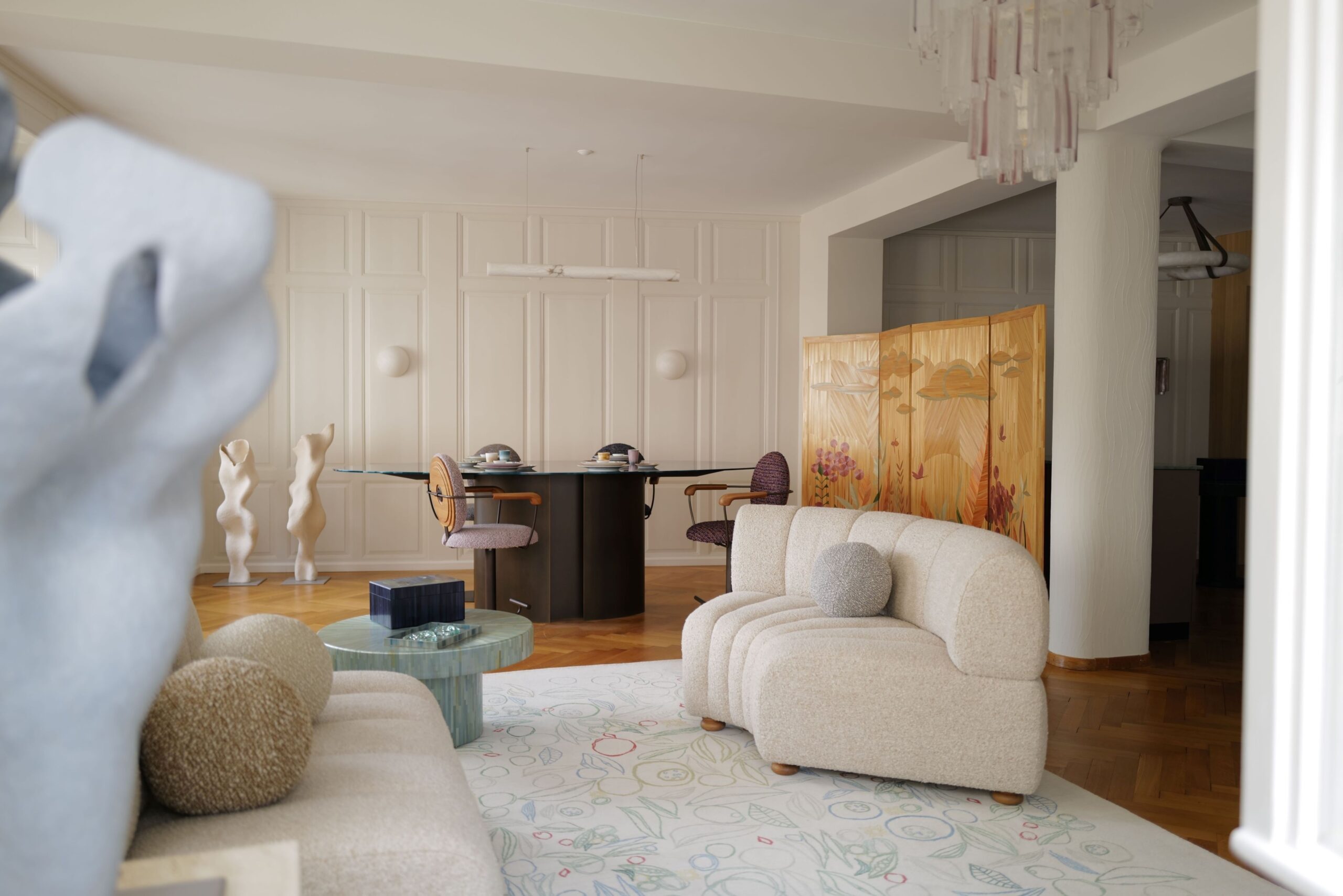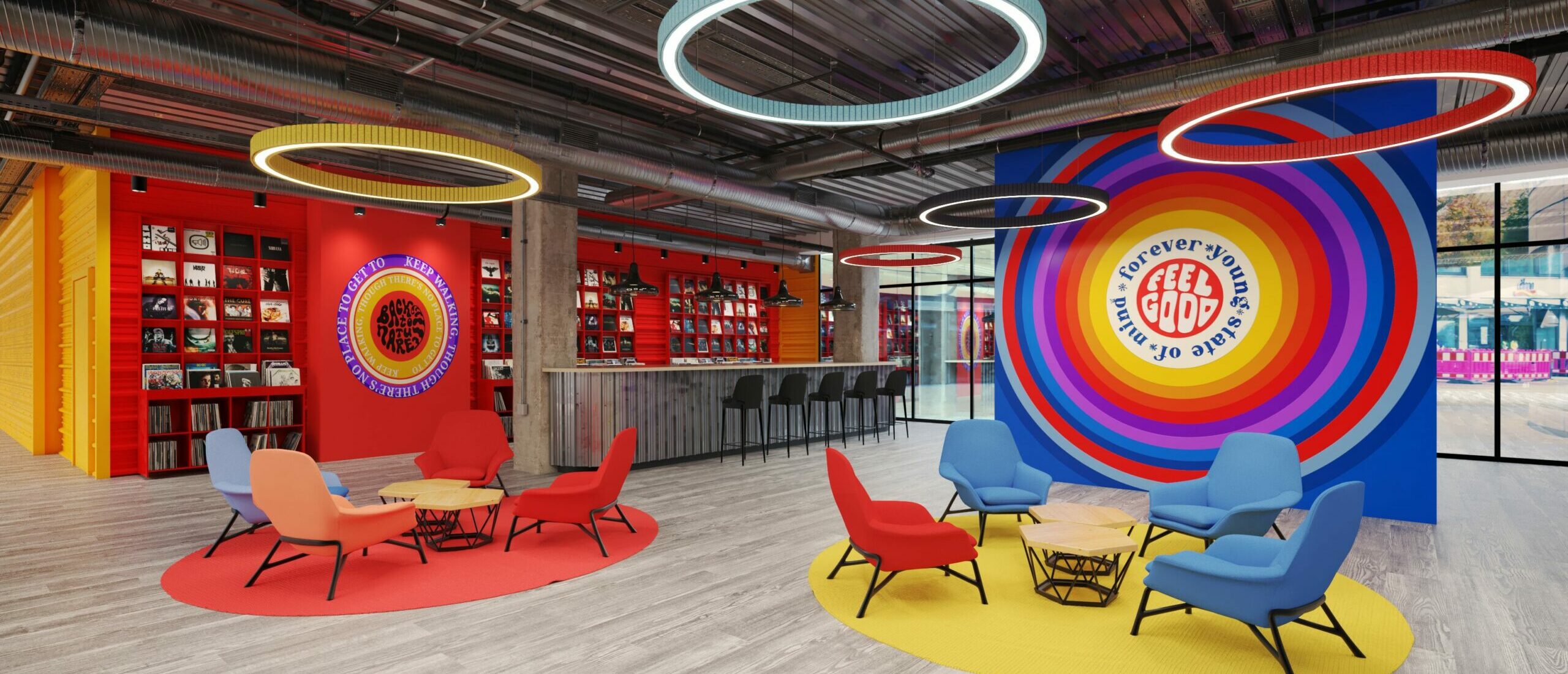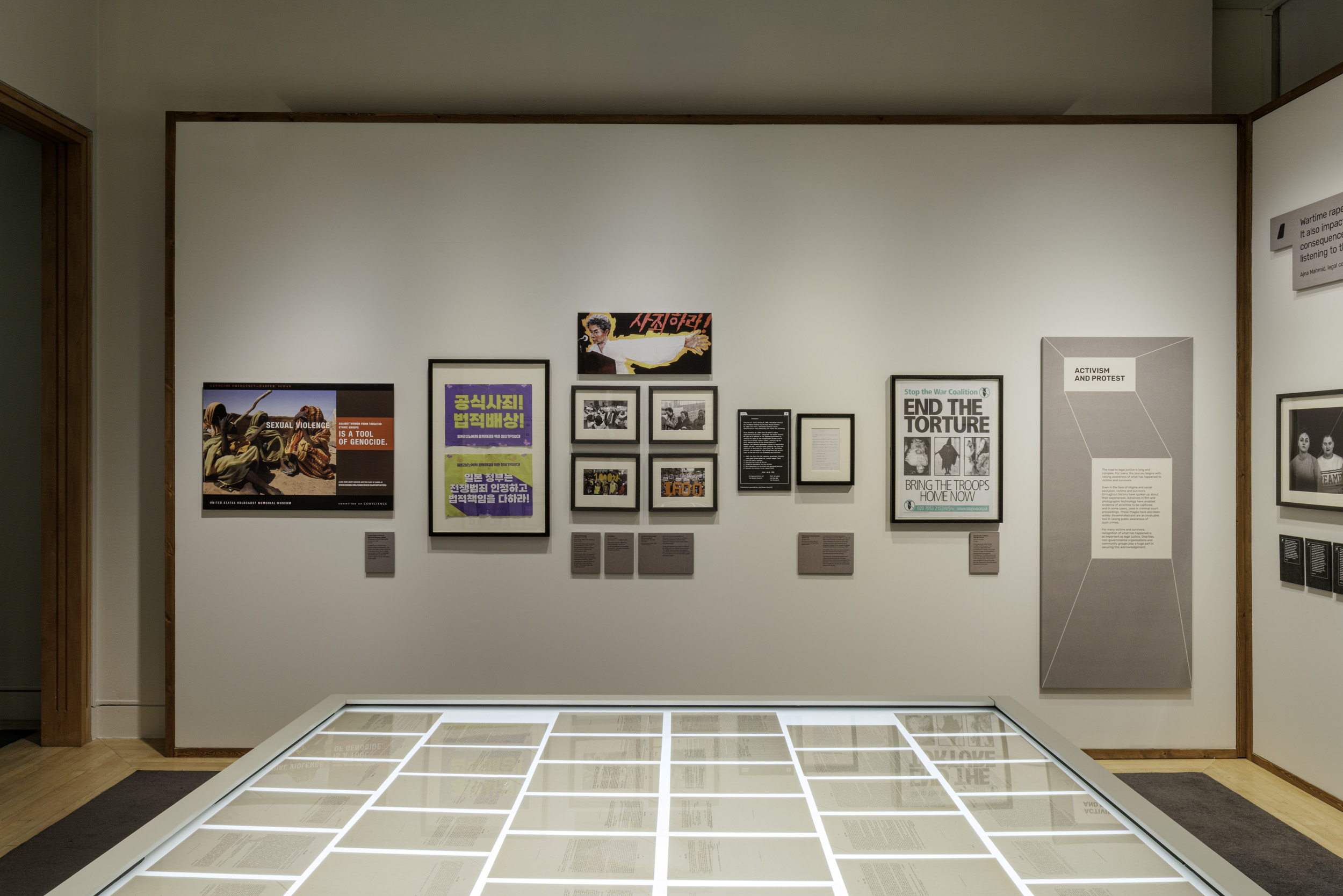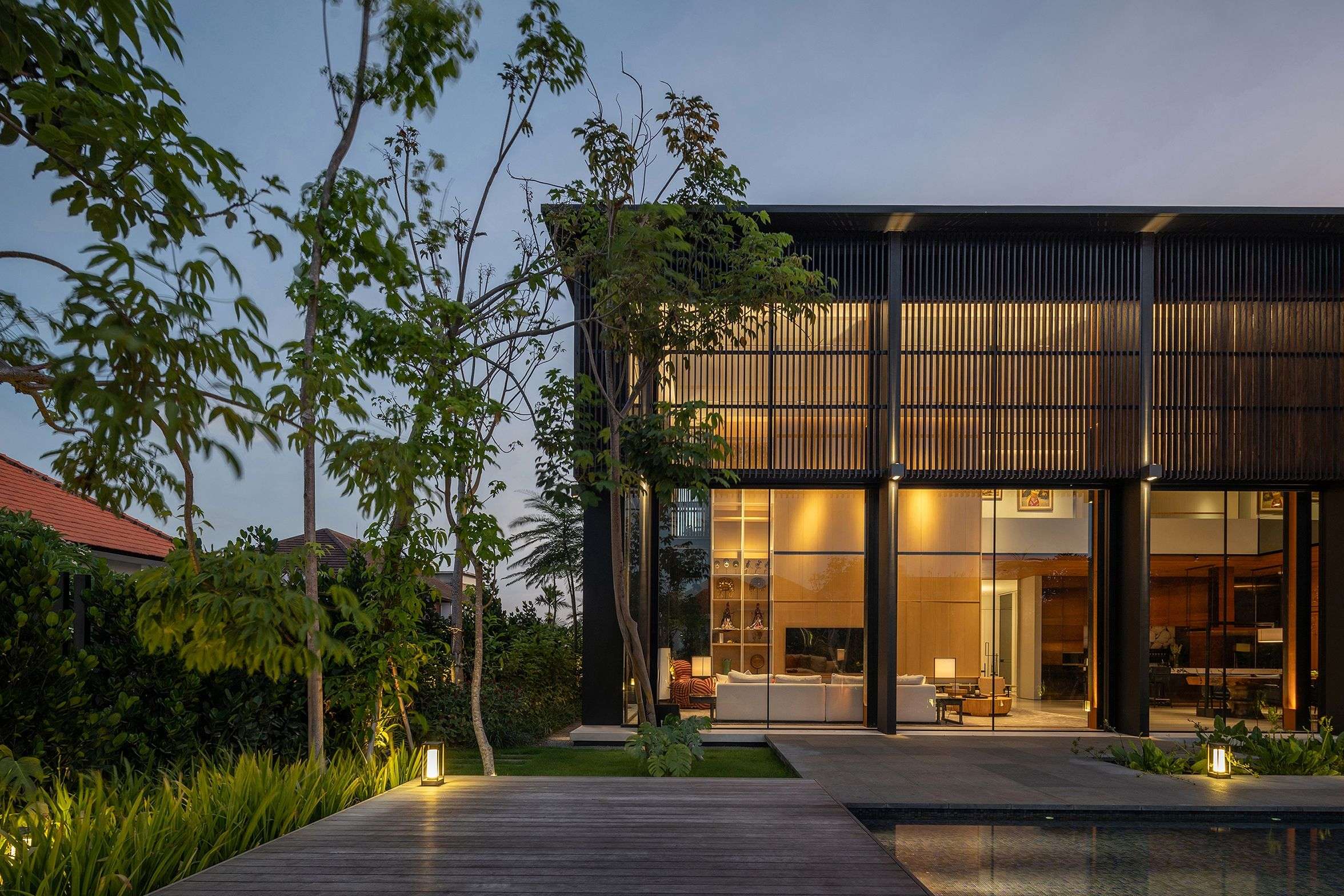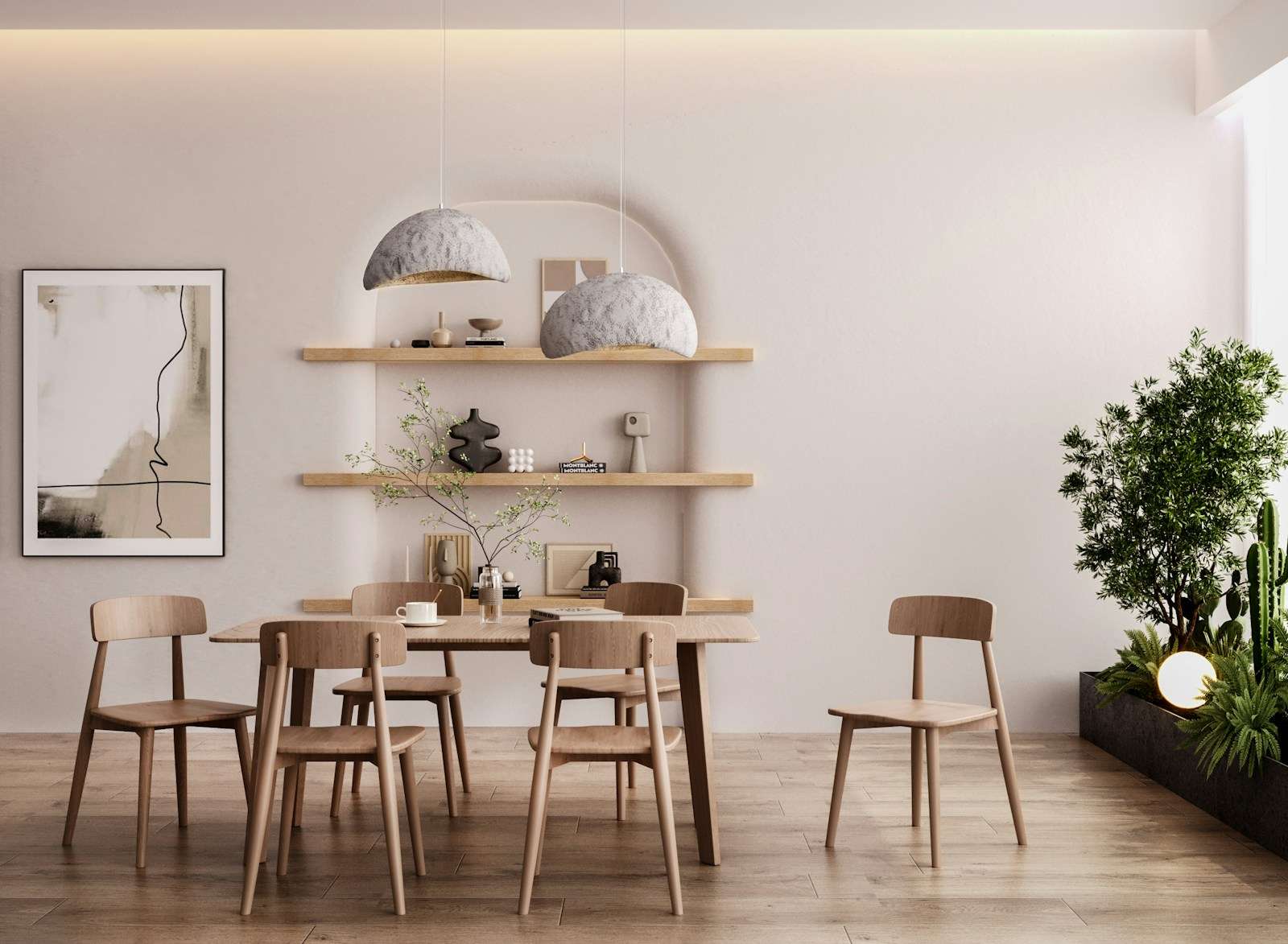Header: Kai Pilger
Choosing the right design school is often challenging, as the students are looking for more than just a stellar reputation—they want a program that aligns, teaches them problem-solving skills, introduces them to different materials, and gives them the freedom to be creative. When researching the best schools out there, one is met with schools focused on research and technology, where engineering and digital fabrication are at the center of activities, but also those keener on teaching traditional craftsmanship techniques. However, one thing is sure: in design, the chosen university will shape the student’s approach andfuture in the industry, which can happen due to the chosen methodologies or their specific cultural and geographic context.
Knowing how hard it is to make such a big decision, we’ve compiled a list of the three best international programs for each of the five leading design disciplines: architecture, interior design, industrial design, and furniture design. While rankings shift from year to year, the institutions listed here are known to have been defining the design industry for many decades, and we are sure they will continue to do so.
Architecture

1. Massachusetts Institute of Technology (MIT), USA
MIT’s School of Architecture + Planning is known for its research-driven approach, and in their architecture programs, it loves to blend architecture with technology, engineering, and computation. The curriculum emphasises problem-solving through interdisciplinary collaboration, with students focused on digital design, material experimentation, and sustainability, as well as connecting with urban planning and engineering programs, as MIT encourages work beyond traditional studio practice. Graduates often move into top architecture firms, research roles, or academia.
2. ETH Zurich, Switzerland
ETH Zurich’s Department of Architecture offers a strong technical foundation and a conceptual approach, emphasizing precision, research, and sustainability. The program integrates engineering principles into design thinking, encouraging students to explore structural innovation and material efficiency. Courses balance theoretical study with hands-on experimentation, often incorporating digital fabrication and environmental analysis. Graduates frequently move into leading European architecture firms or research institutions, with the school’s emphasis on technology providing an edge in sustainability-driven design.
3. Delft University of Technology (TU Delft), Netherlands
TU Delft’s Faculty of Architecture and the Built Environment is well known for its focus on sustainable design, urbanism, and digital innovation. Its curriculum emphasizes technical problem-solving and creative exploration, with students being given access to research labs to explore materials, energy efficiency, and computational design. Collaboration is central, with students often working across disciplines to develop solutions for contemporary spatial challenges. Graduates are typically well-positioned for roles in European architecture firms, urban planning agencies, or research institutions, benefiting from the program’s strong industry connections.
Interior Design

1. Parsons School of Design, USA
Parsons’ Interior Design program takes a more human-centered approach, focusing on spatial experience, sustainability, and material innovation. The program is situated in New York City and benefits from strong industry ties, with students often engaging in real-world projects and collaborations across disciplines like fashion and product design. The curriculum balances conceptual development with technical skills, preparing graduates for roles in interior design studios, architectural firms, or independent practices.
2. Pratt Institute, USA
Pratt’s Interior Design program emphasizes craftsmanship, material exploration, and technological integration, with an extra focus on sustainability and innovation. Students are invited to work across disciplines, often collaborating with architecture and industrial design, and are offered a curriculum where conceptual thinking is met by technical training. Graduates are then prepared for residential, commercial, and hospitality design roles. They can enjoy the program’s extended connections with New York’s design industry when they enter the job market.
3. Politecnico di Milano, Italy
Politecnico di Milano’s Interior Design program combines Italy’s design heritage with modern spatial strategies, focusing on furniture, lighting, and material innovation. Located in Milan, the program offers students invaluable direct connections to the industry, with students engaging in exhibitions, design fairs, and collaborations with major brands. The curriculum moves between conceptual exploration and technical execution, preparing graduates for interior architecture, retail environments, and experience design roles.
Industrial Design

1. Royal College of Art (RCA), UK
RCA’s Industrial Design program is entirely postgraduate, focusing on critical thinking, material experimentation, and user-centered design. The curriculum encourages the students to question traditional product development models, blending hands-on prototyping with strategic design thinking. Based in London, the program has strong ties to the international and local design industry, with students often collaborating with major design consultancies and tech firms. Graduates are known to move into roles ranging from industrial and product design to design strategy and innovation consulting.
2. Delft University of Technology (TU Delft), Netherlands
TU Delft’s Industrial Design Engineering program connects the best in design, engineering, and user experience, emphasizing functionality and manufacturability to give students all the tools they need to make it big in the industry. The curriculum integrates mechanics, electronics, and ergonomics, with research labs focusing on sustainability, circular design, and advanced materials. Students work on real-world projects, often collaborating with industry partners, and graduates can enter diverse fields, from consumer electronics to mobility design—plus, students greatly benefit from the program’s strong connections to companies like Philips and IKEA.
3. Politecnico di Milano, Italy
Politecnico di Milano’s Industrial Design program combines Italian design heritage with engineering and business strategy. The curriculum specializes in sustainability, material innovation, and user-centered product development, with students frequently collaborating with local and international brands. In Milan, the program offers direct exposure to design fairs and industry events, creating opportunities in furniture, consumer products, and technology-driven design. Graduates are known to move into global design firms or launch their ventures.
Furniture Design
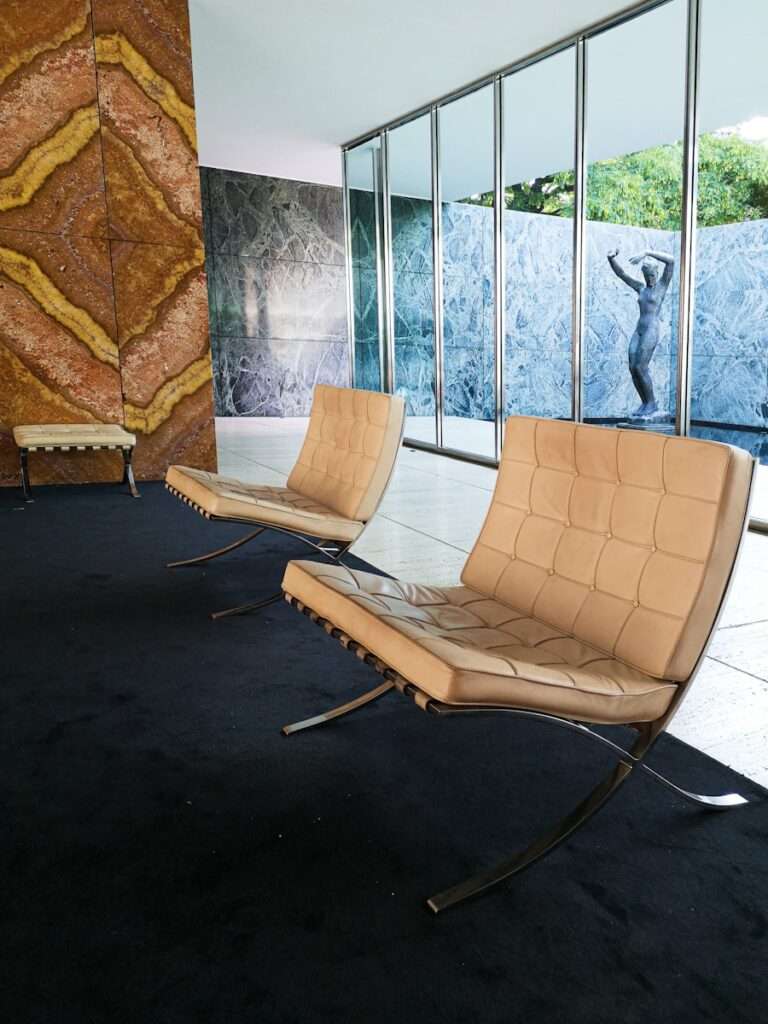
1. Rhode Island School of Design (RISD), USA
RISD’s Furniture Design Department is based on traditional craftsmanship and modern techniques, focusing especially on materials and sustainable practices. Students are taught to work on wood, metal, and digital fabrication, developing pieces that go from functional objects to conceptual works. Collaboration with other design disciplines is common, which creates a broad understanding of both furniture and product design. Graduates often establish independent studios, join high-end furniture brands, or work in custom fabrication.
2. Aalto University, Finland
Aalto University’s Furniture Design program mixes Nordic design principles with modern material research and sustainability, with a curriculum specialized in functional minimalism, craftsmanship, and user experience. Set in Finland’s strong design culture, students are introduced to everything from traditional woodworking to digital tools, and the program encourages industry collaboration and entrepreneurship. Graduates often enter furniture studios and product design firms or establish their own practices.
3. Politecnico di Milano, Italy
Politecnico di Milano’s Furniture Design program is, again, based on Italy’s long-standing tradition of craftsmanship and industrial production. The curriculum integrates material innovation, sustainability, and brand collaboration, with students often working alongside leading Italian furniture manufacturers. Situated in Milan, students get quickly immersed in the city’s design scene, as they are widely exposed to major industry events. Graduates typically enter furniture design, product development, or manufacturing roles within international design firms.
Lighting Design

1. KTH Royal Institute of Technology, Sweden
KTH’s Architectural Lighting Design program focuses on the relationship between light, space, and human perception. The curriculum combines technical knowledge—such as lighting physics and control systems—with design methodologies for architectural and urban environments. Sustainability is a key focus, as students are pushed to explore energy-efficient solutions and smart lighting technologies. Graduates often work in architectural lighting design firms, urban planning, or product development for lighting manufacturers.
2. Politecnico di Milano, Italy
Politecnico di Milano’s Lighting Design program gives students the tools needed to express their creativity, covering architectural, urban, and event lighting subjects. The courses explore optics, energy efficiency, and digital control systems alongside design theory, and industry collaboration is a key component. Students often engage in projects linked to Milan’s design sector, and graduates are known to pursue careers in architectural lighting design, product development, or urban illumination planning.
3. Parsons School of Design, USA
Parsons’ Lighting Design program examines the impact of light on space, perception, and user experience with a curriculum that balances aesthetic and technical considerations. Located in New York City, the program covers areas like architectural integration, sustainability, and digital lighting control while offering its students the opportunity to collaborate with industry professionals in real-world projects. Graduates work in architectural lighting design, urban environments, and experiential design, often using the extensive professional network developed during their studies.


